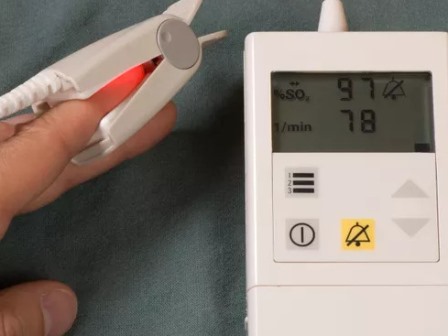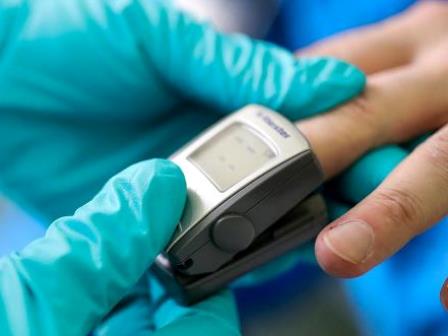If you have wondered: What happens when your Oxygen Level drops to 70 percent? How do restore oxygen levels in patients? Be alert for symptoms of low oxygen, and signs of low oxygen include shortness of breath, confusion, difficulty waking up, and bluish lips or face.
Adults may develop chest pain that does not go away. Children may experience flaring of the nostrils, grunting breaths, or an inability to eat or drink.
Hypoxemia (low blood oxygen levels) can eventually result in a severe case. When oxygen levels drop due to a disease such as the pandemic, the body’s cells do not receive enough oxygen to carry out their normal functions.
If the level stays low for a long time, perhaps due to lack of treatment, the organs begin to malfunction.

What happens when your oxygen level drops to 70?
How to measure the oxygen level?
- There are two simple ways to measure the oxygen level:
- pulse oximeter
- Respiratory rate
The pulse oximeter
You can measure a patient’s oxygen level with a pulse oximeter. It is a painless test, which takes less than two minutes. Pulse oximeters measure the oxygen saturation or percentage of oxygen in the patient’s blood. According to a WHO training manual on pulse oximetry, if the oxygen saturation is 93% or less, the patient should be treated promptly. A saturation of less than 90% is a clinical emergency.
Respiratory rate
Respiratory rate is the number of breaths a person takes per minute.
What to do with a low oxygen level?
Pronation: Patients receiving home care are advised to lie face down. This will improve breathing and increase oxygen saturation.
In accordance with the protocol for clinical care in adults, awake pronation should be encouraged in all patients requiring supplemental oxygen therapy.
Any patient with respiratory distress severe enough to be admitted to the hospital may be considered for early rotation and pronation.
Care must be taken not to interrupt the flow of oxygen during patient rotation.
Typical protocols include 30 to 120 minutes in the prone position, followed by 30 to 120 minutes in left lateral decubitus (lying on the left side), right lateral decubitus (lying on the right side), and sitting upright.
Normal oxygen level
Use of oxygen concentrators
Experts suggest that oxygen therapy can be given only in the presence of a health care provider. However, one can wear them in an emergency, while seeking medical attention, or while waiting for an ambulance.
Oxygen concentrators can be used only in moderate cases when the patient experiences a drop in oxygen levels, where the oxygen requirement is a maximum of 5 liters per minute.
Oxygen concentrators are also very helpful for patients experiencing later complications that require oxygen therapy.
In the two previous cases, the goal of oxygen therapy is to reach a saturation level of 94%. Once the patient has an oxygen level of 93% to 94%, oxygen therapy can be discontinued. Excess oxygen can lead to an increase in the level of carbon dioxide, which leads to complications.
A normal level of oxygen is usually 95% or higher. Some people with chronic lung disease or sleep apnea can have normal levels of around 90%.

How to increase Blood Oxygen Level?
Damage to the lungs from low oxygen happens over time. You may not feel these changes for a long time.

Normal oxygen saturation by age
Human beings depend on oxygen for life. All organs require oxygen for metabolism but the brain and heart are particularly sensitive to a lack of oxygen.

Why does my oxygen level drop when I lay down?
The use of medical devices such as pulse oximeters has increased dramatically in recent years. Brands, questions, and more.

What happens when Oxygen Levels drop?
If your blood oxygen levels are too low, your body may not work properly.

Pulse Oximeter for home use
The use of medical devices such as pulse oximeters has increased dramatically in recent years. Brands, questions, and more.

What Causes Oxygen Levels to drop when Walking?
Oxygen drops with exertion because your muscles require more energy when they’re active.
